
Learn how to seamlessly register and deploy Python models (specifically an XGBoost classifier) into SAS Model Manager using SAS Viya Workbench and the pzmm package, enabling efficient ModelOps integration and production readiness.

Learn how to seamlessly register and deploy Python models (specifically an XGBoost classifier) into SAS Model Manager using SAS Viya Workbench and the pzmm package, enabling efficient ModelOps integration and production readiness.
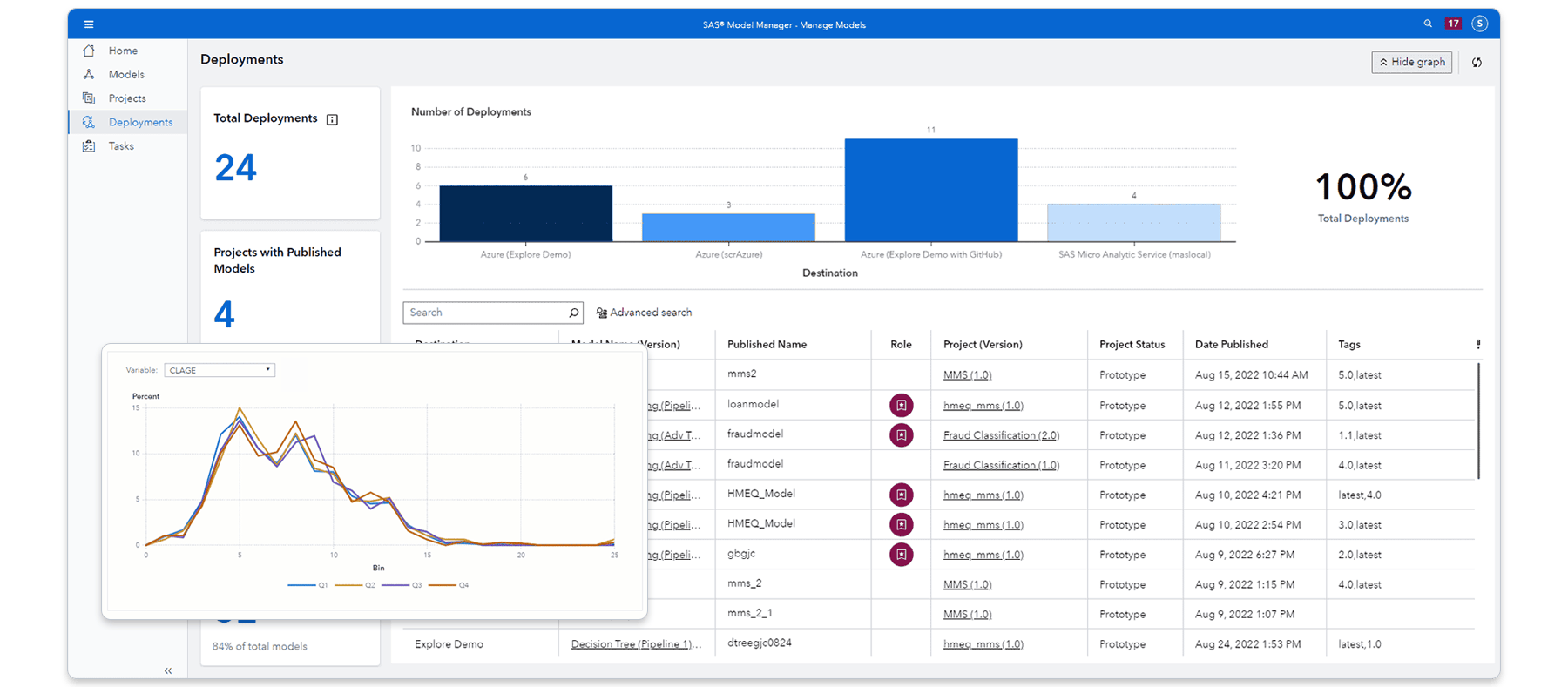
SAS Viya Workbench integrates seamlessly with SAS Model Manager for SAS model deployment and monitoring.

Making a big purchase, such as a car or home, can be stressful for everyone involved, from doing the due diligence to identifying a good lender. Everyone wants to make the process smooth while mitigating risks. Banks and lenders also have more data to work with when making a lending

Halloween is one of my favorite times of the year – I'm a Halloween enthusiast. It’s a time for spine-tingling thrills, haunted tales and lots of candy corn. But there’s one fear lurking in the shadows that sends shivers down the spines of data scientists, IT leaders and executives alike,

What sets the SAS Model Card apart from previous model cards is the use of descriptive visuals, to make model cards accessible to all personas involved in the analytics process, including data scientists, data engineers, MLOPs engineers, managers, executives, risk managers, business analytics, end-users, and any other stakeholder with access to the SAS Viya environment.
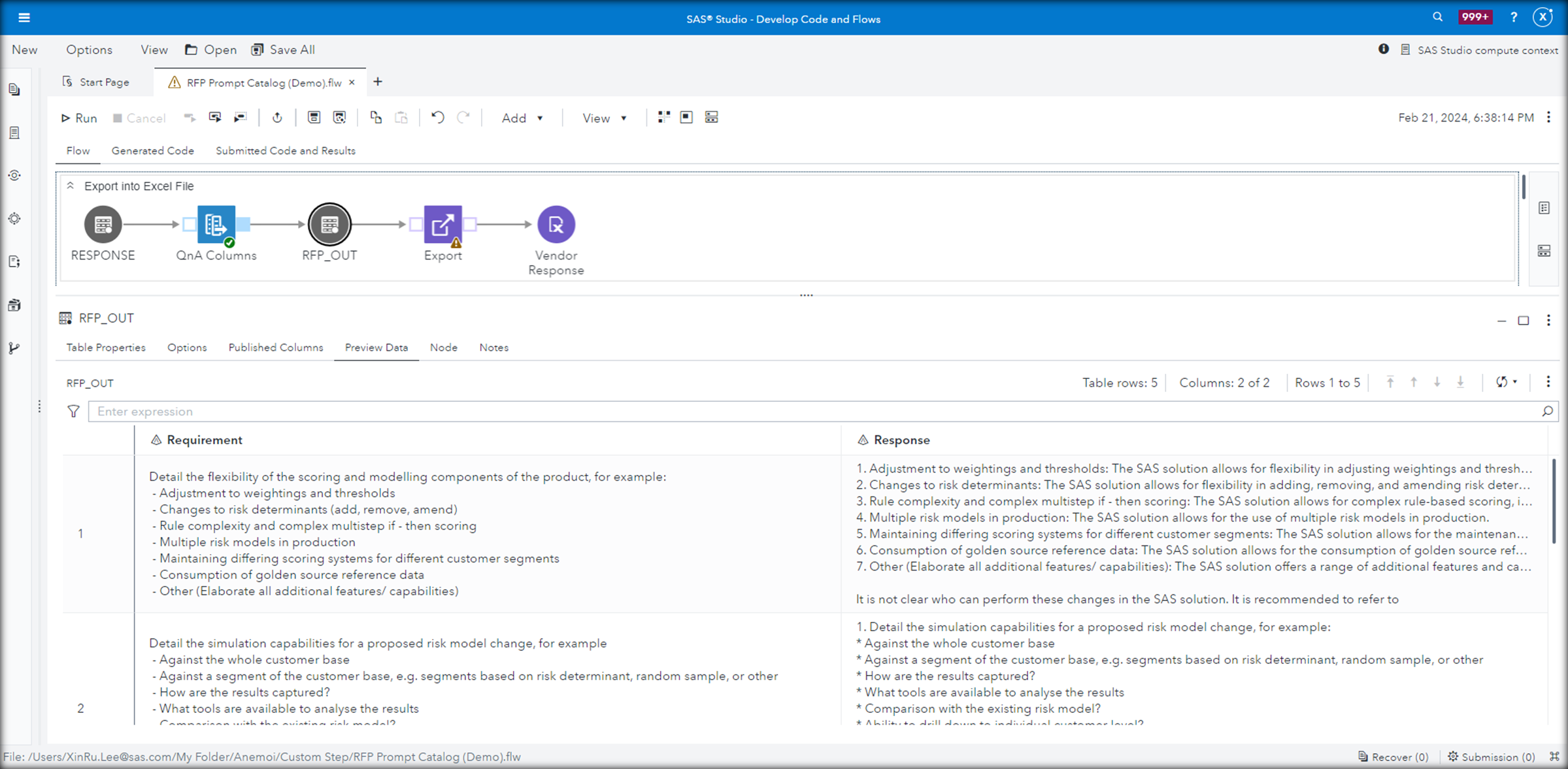
SAS Viya can allow users and organizations to more easily interface with the LLM application, build better prompts and evaluate systematically which of these prompts leads to the best responses to ensure the best outcomes.

Customers are buzzing with stories of how SAS Viya has transformed how people work with AI, data and analytics. But where are these stories coming from? Users across various industries have shared their experiences, highlighting the impact SAS Viya has had on their productivity, decision making and overall work experience.

1. ‘SAS 컨테이너 런타임’이란? SAS는 SAS Viya 2021.1.1.3에서 SAS 컨테이너 런타임(SAS Container Runtime, 이하 SCR)을 출시했으며, 그 이후 많은 고객이 운영환경에서 SCR을 구현했습니다. 이 혁신적인 런타임 엔진은 SAS 모델과 의사결정을 Open Container Initiative (OCI) 호환 컨테이너에 배포하는 역할을 합니다. SCR은 표준 기술을 사용하여 SAS Viya 외부에서 모델과 의사결정을 실행합니다. 클라우드

SAS Model Manager and the sasctl packages aim to create a seamless ModelOps and MLOps process for Python and R models. Python and R models are not second-class citizens within SAS Model Manager. SAS, Python, and R models can be easily managed using our no-code/low-code interface. This is an interface that can be extended to support a variety of use cases.
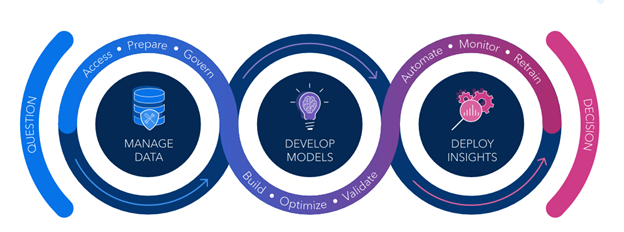
You can start learning about ModelOps and SAS Model Manager now. Compare the various educational resources provided by SAS according to your learning preference.

‘SAS 모델 매니저’, IDC 마켓스케이프 평가에서 머신러닝 운영 플랫폼 리더로 선정 기업의 머신러닝 모델 생산을 지원하는 광범위한 서비스 및 제품 제공 역량 보유 세계적인 분석 선두 기업 SAS가 이번에 처음 발간되기 시작한 ‘IDC 마켓스케이프: 전세계 머신러닝 운영 플랫폼 2022년도 벤더 평가[1] 보고서에서 리더 기업으로 선정되었습니다. IDC는 ‘SAS 바이야(SAS® Viya®)’에 포함된

Attend this session during the SAS Explore event on Sept 27-29 or view the recording at your convenience. We will showcase the use of SAS Intelligent Decisioning, SAS Model Manager, and SAS Visual Analytics on the SAS Viya platform for a solution that helps mitigate inequitable credit decisions.
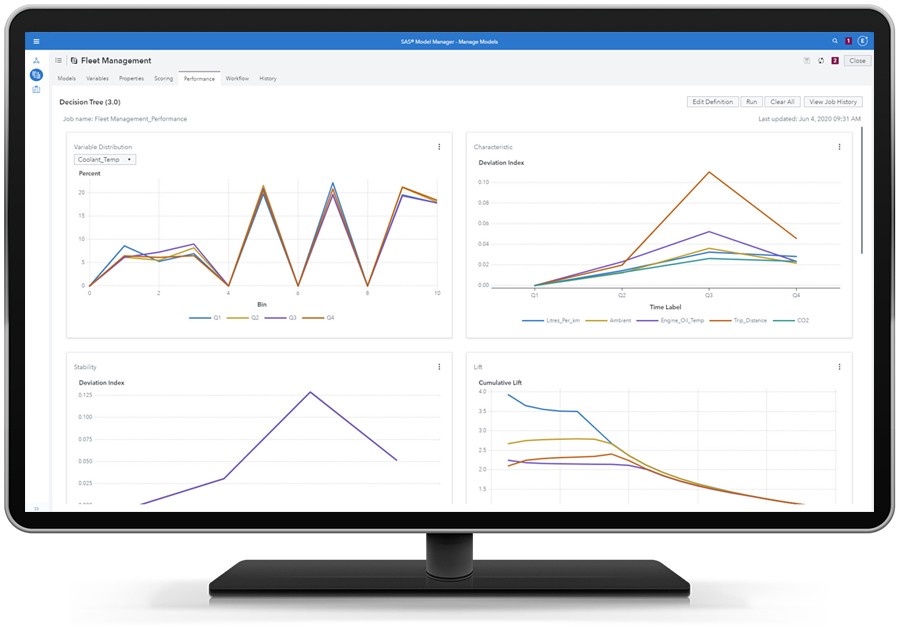
Just getting started with this series? Make sure to explore the earlier posts Part 1, Part 2 and Part 3. Up until now, you have seen how ModelOps can solve your biggest machine learning challenges and that SAS and Microsoft, together, can help you deploy, govern and monitor your models

Just getting started with this series? Make sure to explore Part 1 and Part 2. There are different ways you can use these two tools to accelerate model building, deployment and monitoring. Figure 1 summarizes best practices for conducting ModelOps using SAS Model Manager and Azure Machine Learning. Best practice
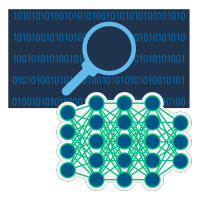
Just getting started with this series? Make sure to read part 1: How ModelOps addresses your biggest Machine Learning challenges. SAS and Microsoft make it easier for companies to address the challenges of machine learning model deployment, monitoring and governance. Specifically, SAS and Microsoft have built integrations between SAS® Model

This post, written by Radhikha Myeni and Jagruti Kanjia, will demonstrate how easy it is to build and deploy a machine learning pipeline by using SAS and Python. The Model Studio platform provides a quick and collaborative way to build complex pipelines by dragging and dropping nodes from a web-based
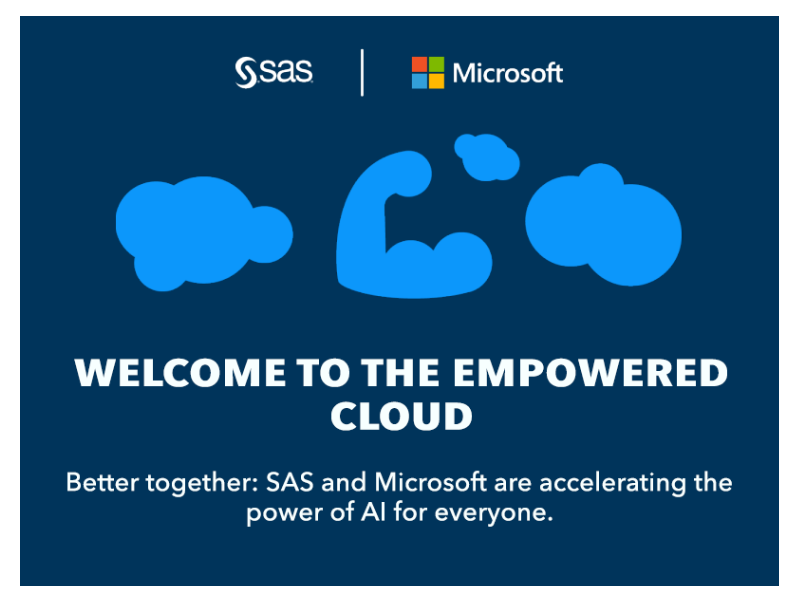
SAS and Microsoft are working tirelessly to improve offerings and connectivity between SAS Viya and Microsoft Azure environments across industries.

Most model assessment metrics, such as Lift, AUC, KS, ASE, require the presence of the target/label to be in the data. This is always the case at the time of model training. But how can I ensure that the developed model can be applied to new data for prediction?

This post describes a fully automated validation pipeline for analytical models as part of an analytical platform, which has been set up recently as part of a customer project.

Let us now take a look at a well-known metaphor for test case development in the software industry. We are referring to the idea of the “test pyramid."

In total, there are four posts in this blog series, this is the first post describing some basic principles of the DevOps (or ModelOps) approach.
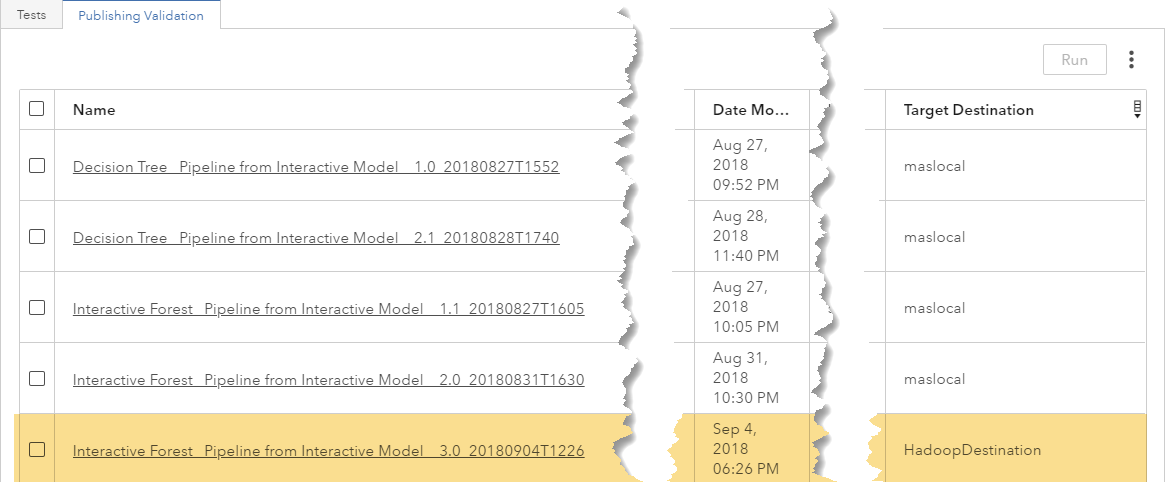
How do you deploy your model so that business processes can make use of it? This post explores how SAS Viya applications can directly add models to a model repository, and specifically focuses on how to deploy them with SAS Model Manager to Hadoop.
As you heard in Sunday’s Opening Session, SAS reinvests more than a fifth of total revenue in R&D. According to Mark Torr, Global Technology Practice Director, that investment goes into enhancements, updates and new products that SAS® users – you – request. Torr and several SAS employees performed live demos